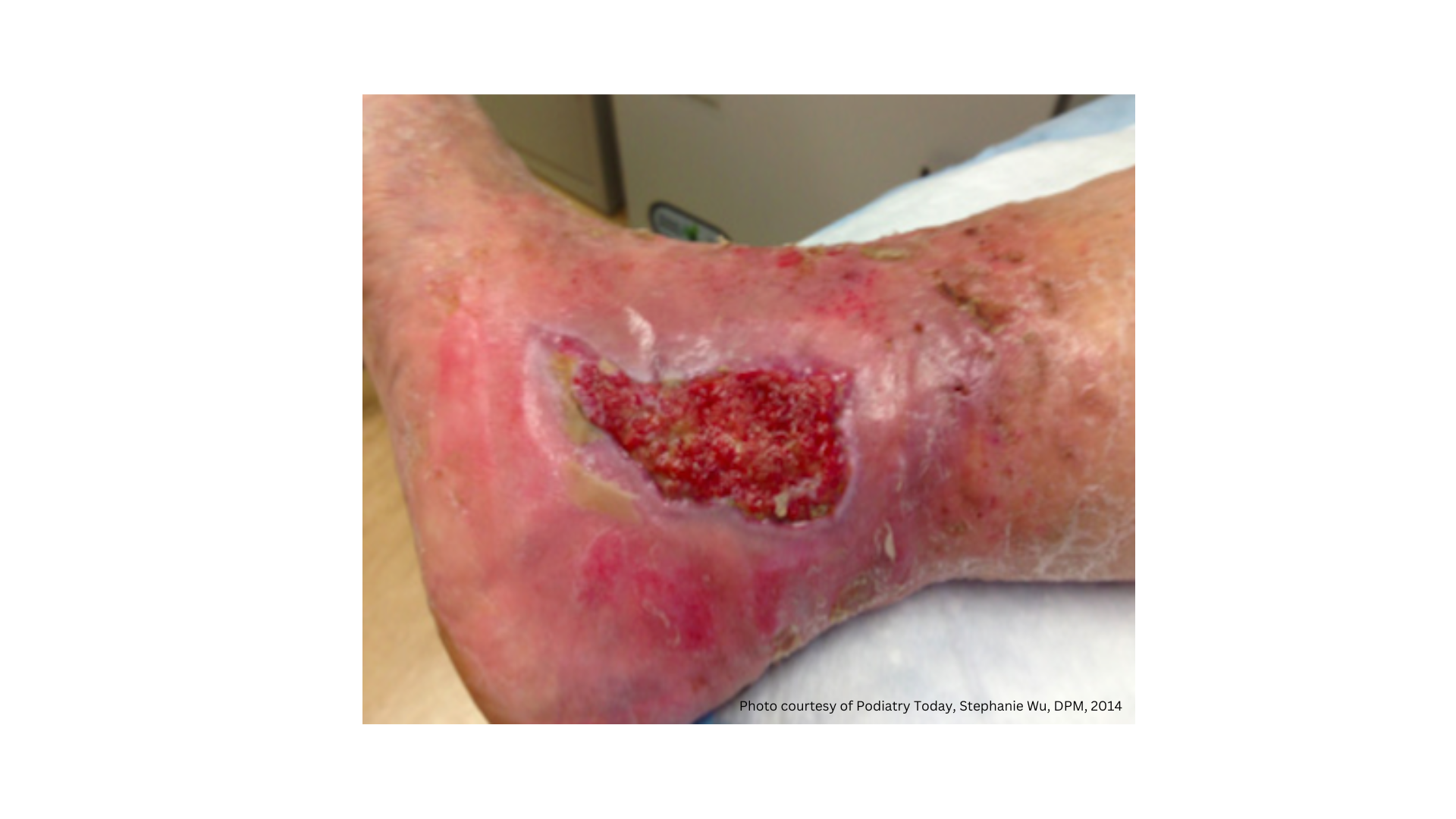Fat Grafting and Pressure Injuries
May 25, 2017
This month's blog topic idea came about from a recent conversation with a middle-aged patient with paraplegia. She had a stage 4 pressure injury due to being in her wheelchair long hours, along with a low BMI. I made the comment, "I wish I could give you a fat transplant." She laughed. She then asked, "Well, why not?" Later that day the topic of fat grafting popped up on social media in a spinal cord injury group I follow. I ended up chatting with a few spinal cord injury folks that were serious about coming up with funds to get fat grafting done. They all had a fear of, or a previous history of pressure injuries. These folks with past pressure injuries had used advanced wound care dressings, support surfaces, high-end cushions, supplements, negative pressure wound therapy, a slew of antibiotics, and even flap closures.
I began thinking about "their" perspective, and asked myself what I would do. These were all young people wanting to live their life, and not lay in bed staring at four walls waiting to offload all the time. We all want a good quality of life, and if there was a minimally invasive method out there to help enhance skin integrity, I would do it. I remember my 47-year-old mother feeling like she was in a jail cell while trying to offload her pressure injuries she acquired at the hospital after her leg amputation. She ended up with an ischemic flap, followed by sepsis and death. These are the sad stories we all hear and witness. I had heard of fat grafting as a cosmetic procedure after breast surgery, but was curious on the research that has been done on fat grafting in regard to pressure injuries.
The Research Supporting Fat Grafting for Patients At-Risk of Pressure Injury
There are encouraging research studies on fat grafting, sometimes referred to as lipofilling. The focus on these studies was primarily on early treatment and benefits of stage 1 and deep tissue pressure injuries, and the prevention of ischial tuberosity pressure injuries with spinal cord injuries (SCI). Stage 1 and deep tissue pressure injury stages are most reversible with wound healing progress, due to the level of tissue destruction. Autologous fat is taken from the abdomen, thighs, or hips through liposuction. That fat is then concentrated, and 1cc of fat per cm grafts is injected within deep subcutaneous tissue. This is where the ischemia starts. Patients were followed for three months and research validated fat grafting decreases erythema and inflammation, as well as providing neovascularization. Pressure seating mapping, and offloading techniques were also mandatory before the procedure and follow-up.
Frontline staff, nurses, and providers should do all they can to prevent or identify pressure injuries in the earliest of stages. However, fat grafting is a cost-effective, minimally invasive, and easy-to-perform method that could possibly be a part of treatment in chronic or high pressure injury risk patients. Further randomized studies are needed to substantiate the medical necessity of this method, and for it to ever be considered a gold standard care treatment of early stage pressure injury. Fat grafting is currently being performed, but usually restricted to full-thickness stages.
References:
Di Caprio G, Larocca F, Scioli M, et al. Fat grafting for the prevention of pressure ulcers: a case series. European Journal of Plastic Surgery. April 2016;39(2):113-8. Available at: https://link.springer.com/article/10.1007/s00238-015-1172-4
Marangi GF, Pallara T, Cagli B, et al. Treatment of Early-Stage Pressure Ulcers by Using Autologous Adipose Tissue Grafts. Plastic Surgery International. 2014;Article ID 817283. Available at: https://www.hindawi.com/journals/psi/2014/817283/
Opsomer C, Fontet P, Simon M, Ducrocq T, Previnaire JG. Lipofilling (fat grafting) in the prevention of ischial tuberosity pressure ulcers in patients with spinal cord injury. Annals of Physical and Rehabilitation Medicine. Sep 2015;58(Supp 1):e20-1. Available at: http://www.sciencedirect.com/science/article/pii/S1877065715001360
About the Author
Cheryl Carver is an independent wound educator and consultant. Carver's experience includes over a decade of hospital wound care and hyperbaric medicine. Carver single-handedly developed a comprehensive educational training manual for onboarding physicians and is the star of disease-specific educational video sessions accessible to employee providers and colleagues. Carver educates onboarding providers, in addition to bedside nurses in the numerous nursing homes across the country. Carver serves as a wound care certification committee member for the National Alliance of Wound Care and Ostomy, and is a board member of the Undersea Hyperbaric Medical Society Mid-West Chapter. She is the first LPN to be inducted as an Association for the Advancement of Wound Care (AAWC) speaker.
The views and opinions expressed in this content are solely those of the contributor, and do not represent the views of WoundSource, HMP Global, its affiliates, or subsidiary companies.











